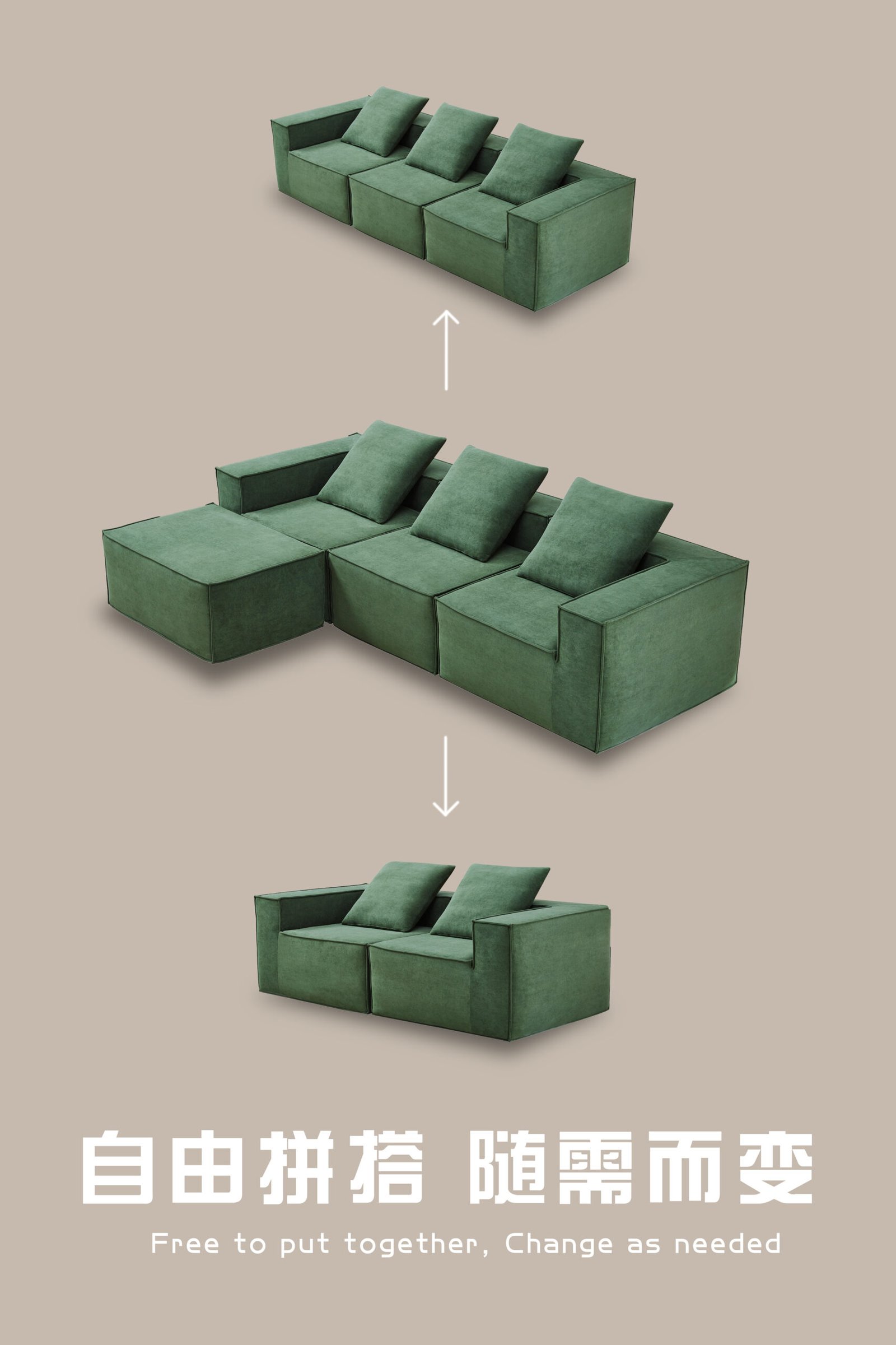
Finding the perfect sofa can be challenging, especially when considering compressed sofas. These space-saving, easy-to-transport options are becoming increasingly popular.
To buy the best compressed sofa, consider factors such as quality, size, materials, comfort, and price. Ensuring durability and proper assembly can enhance your experience.
Let’s dive into 13 essential tips to help you make the right choice.
1. Measure Your Space
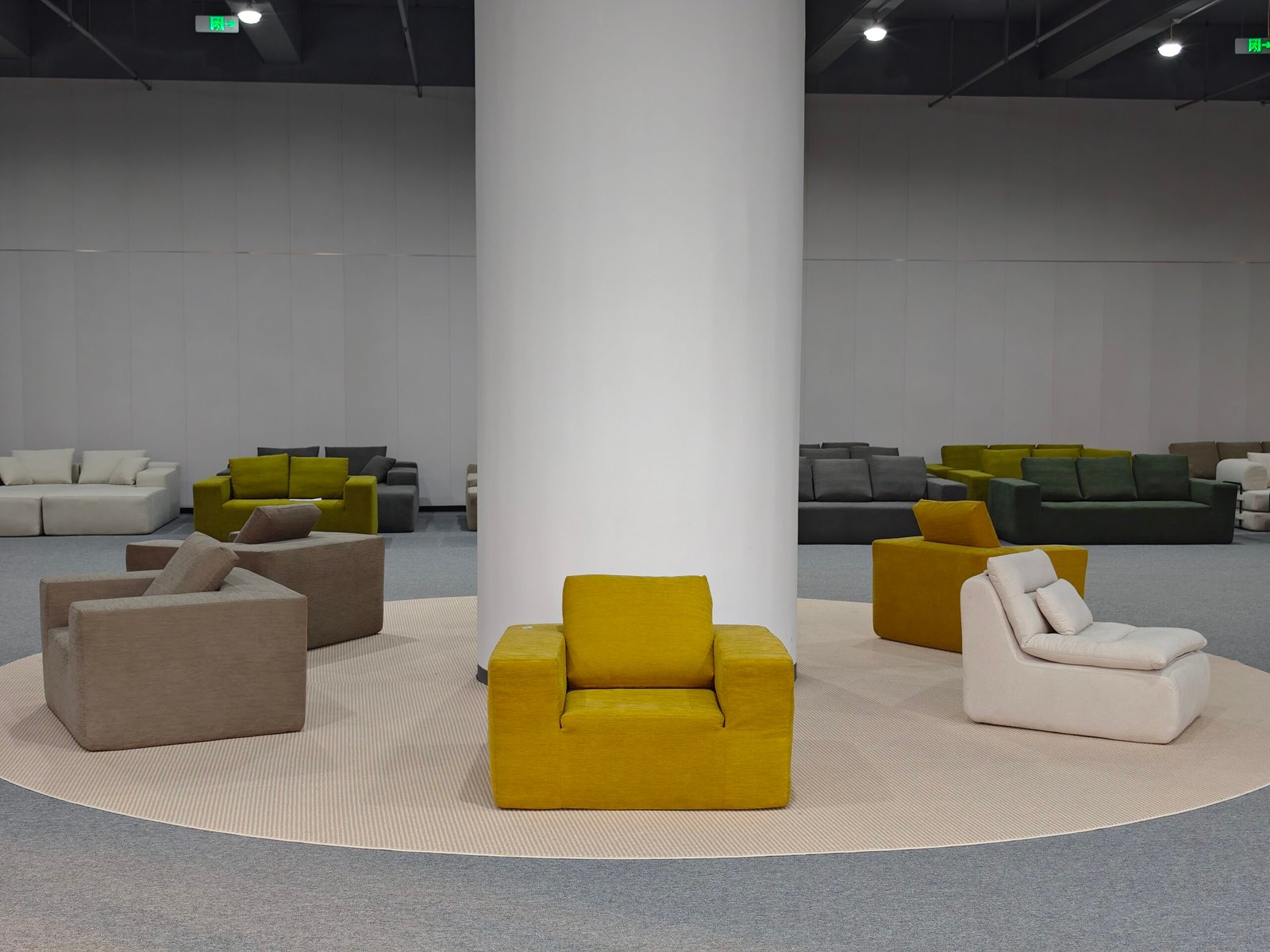
Before purchasing a sofa, measure your available space to avoid size issues.
Accurately measure the length, width, and height of your intended sofa area, considering doorways and hallways for easy movement.
Steps for Proper Measurement:
- Use a tape measure to check available space.
- Ensure there’s enough clearance for reclining or extending parts.
- Consider the sofa’s packaging size for easy delivery.
2. Understand Different Sofa Sizes
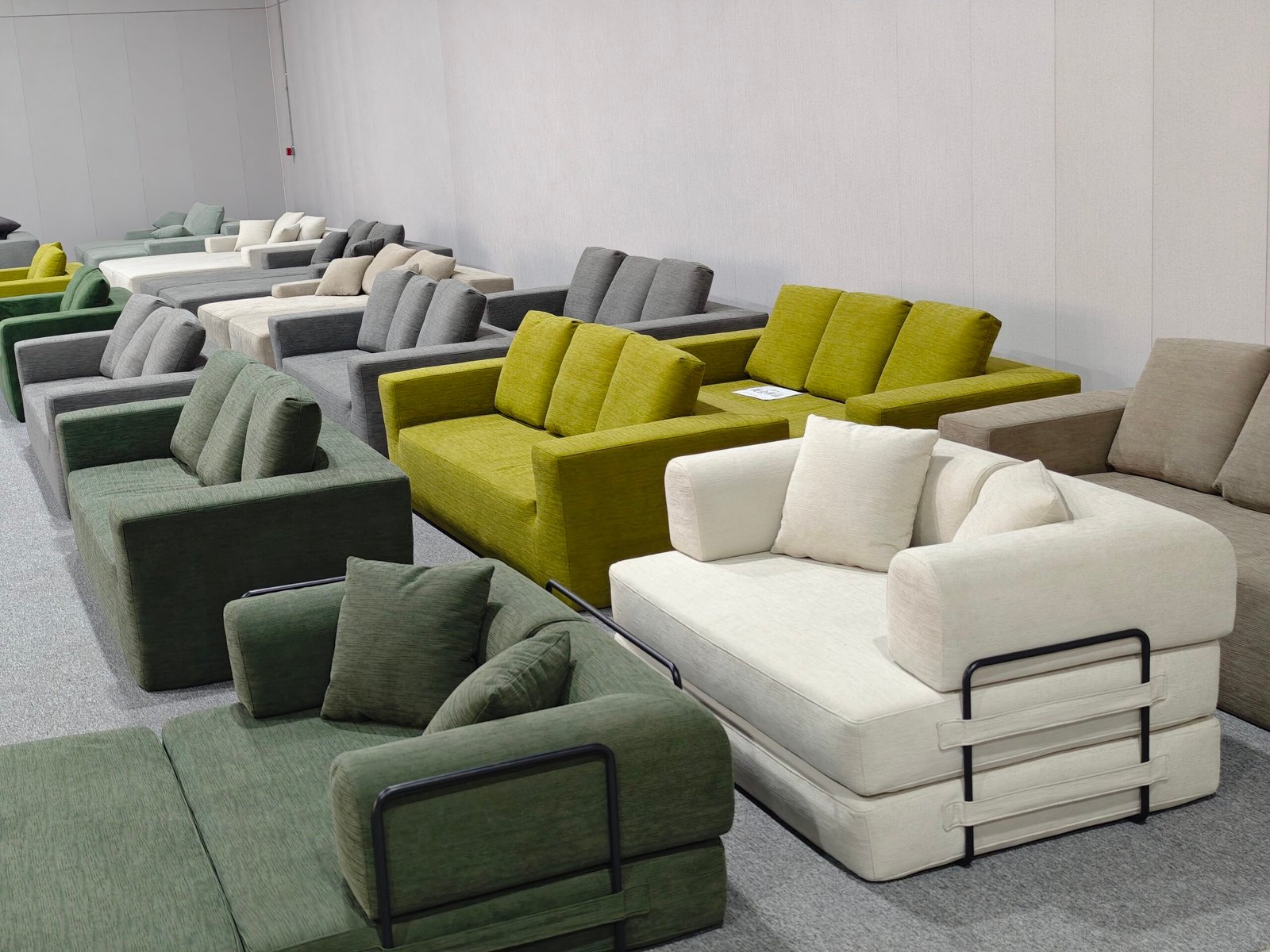
Compressed sofas come in various sizes, from single-seaters to large sectionals.
Select a sofa size based on your room dimensions and seating needs.
Common Sizes:
| Type | Seat Capacity | Best For |
|---|---|---|
| Loveseat | 2 seats | Small apartments, studios |
| Standard Sofa | 3 seats | Medium living rooms |
| Sectional Sofa | 5+ seats | Large living spaces |
3. Choose the Right Material
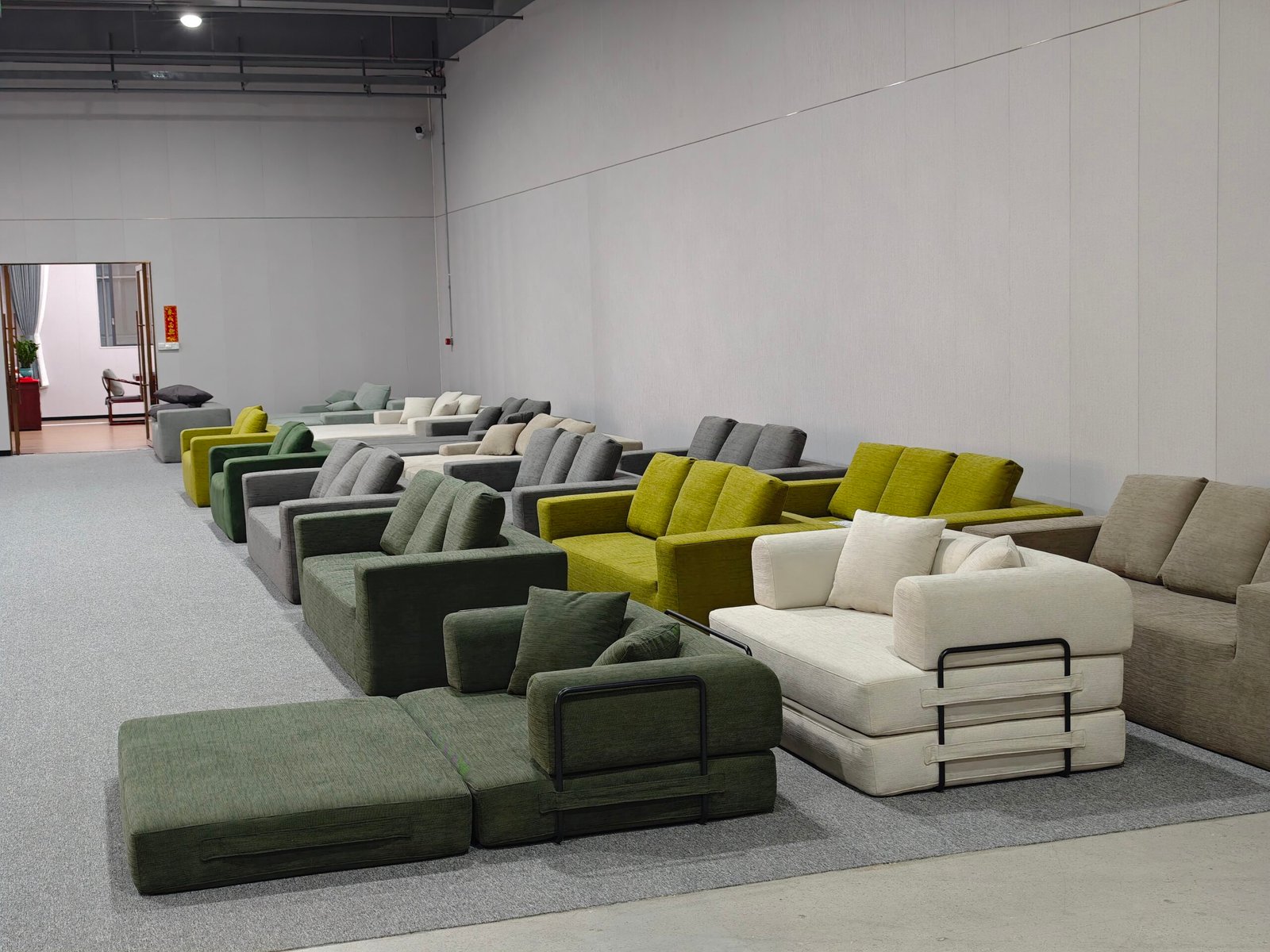
The material of a compressed sofa affects its durability, maintenance, and comfort.
Common materials include fabric, leather, and synthetic options like microfiber.
Material Comparison:
| Material | Pros | Cons |
|---|---|---|
| Fabric | Soft, breathable, budget-friendly | Prone to stains, may wear out faster |
| Leather | Elegant, durable, easy to clean | Expensive, requires conditioning |
| Microfiber | Stain-resistant, soft texture | Attracts dust, not as luxurious |
Choose based on lifestyle needs—fabric for affordability, leather for durability.
4. Check the Frame Quality

A sturdy frame ensures a long-lasting sofa.
Look for hardwood, metal, or reinforced plywood frames for durability.
Best Frame Options:
- Hardwood (Oak, Maple) – Strong and long-lasting.
- Metal (Steel, Aluminum) – Lightweight and durable.
- Plywood – Affordable but less sturdy than hardwood.
Avoid plastic or particleboard frames as they may break over time.
5. Evaluate Cushion Quality
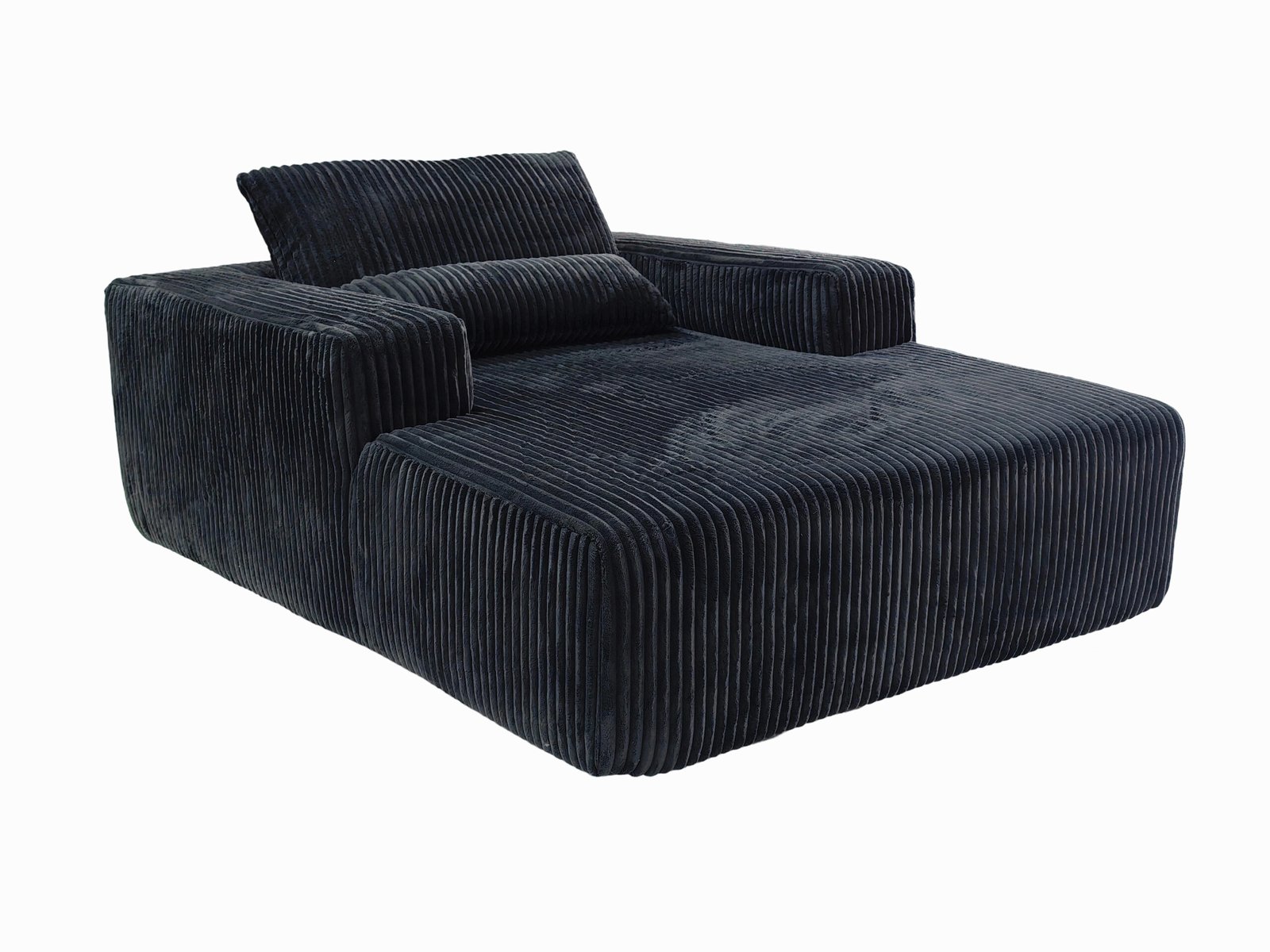
Comfort depends on cushion filling.
High-density foam cushions offer firm support, while down-filled cushions provide softness.
Cushion Types:
- High-density foam – Retains shape, firm support.
- Memory foam – Adapts to body shape, comfortable.
- Spring-filled – Offers a bouncy feel, long-lasting.
Test cushions before purchase to ensure the right balance of softness and support.
6. Consider Ease of Assembly
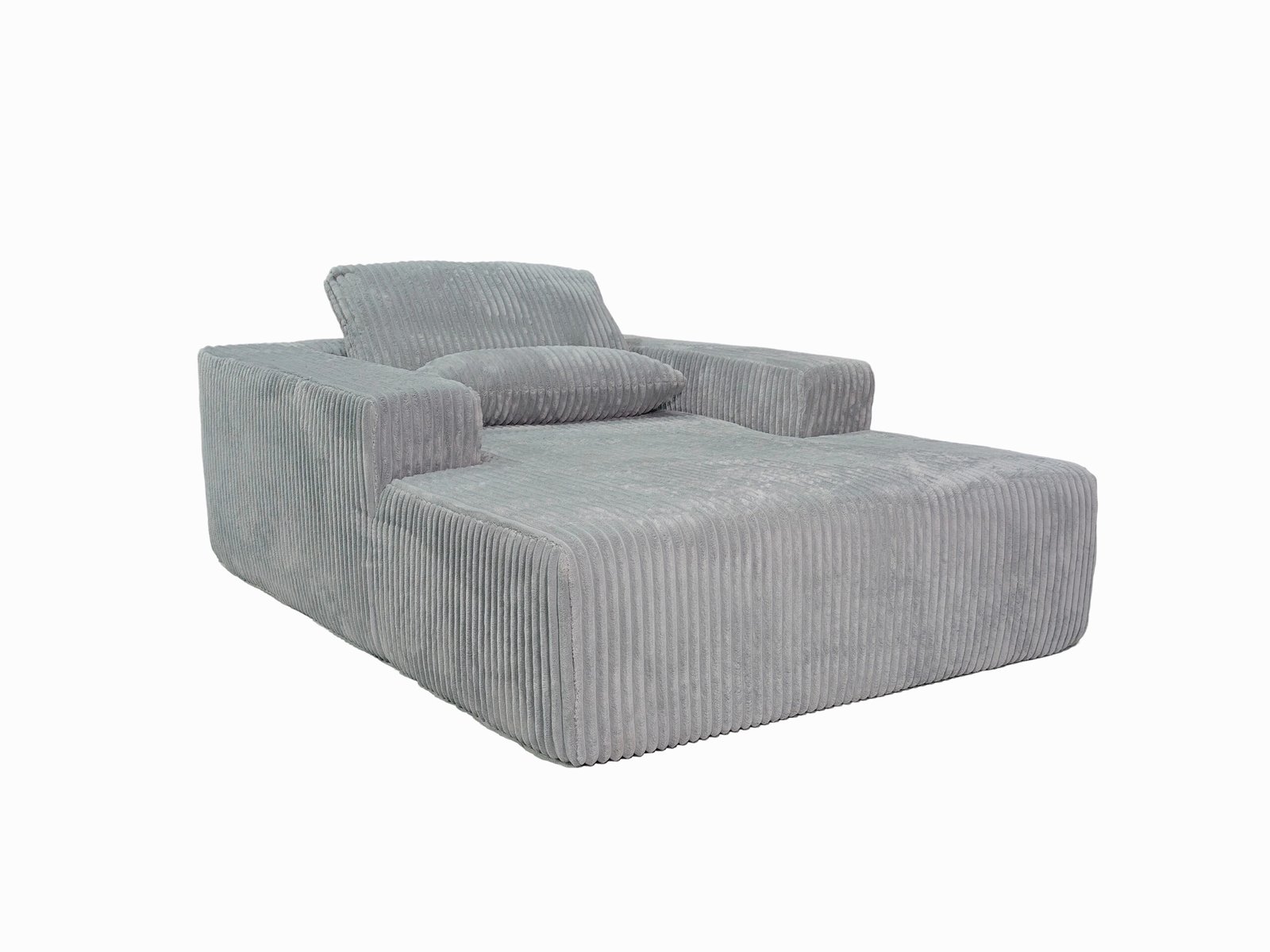
Compressed sofas require assembly upon delivery.
Check if the sofa comes with clear assembly instructions and the necessary tools.
Assembly Tips:
- Look for models with tool-free assembly.
- Follow step-by-step video guides if available.
- Ensure all parts fit securely to avoid instability.
7. Assess Comfort and Ergonomics

Comfort should be a priority when choosing a sofa.
Consider seat depth, backrest angle, and armrest height to ensure proper support.
Ergonomic Considerations:
- Seat Depth: 20-24 inches for a relaxed seating position.
- Backrest Height: Supports lower back for better posture.
- Armrest Position: Comfortable for lounging or working.
8. Compare Prices Across Brands

Prices vary based on brand, material, and features.
Compare multiple options to find the best value for your budget.
Price Ranges:
| Price (KSh) | Features |
|---|---|
| 20,000 - 40,000 | Basic models, fabric upholstery |
| 40,000 - 80,000 | Mid-range, premium materials |
| 80,000+ | Luxury sofas, premium features |
9. Check Warranty and Return Policies

A warranty protects against defects and damages.
Look for a minimum 1-year warranty and easy return policies.
Key Considerations:
- Read the return policy before purchase.
- Ask if there’s a trial period for testing the sofa.
- Ensure warranty covers frame, fabric, and cushions.
10. Read Customer Reviews

Customer feedback provides insights into quality and durability.
Look for verified reviews on trusted sites like Amazon, Jiji, or furniture retailer websites.
What to Look for:
- Comments on durability and comfort.
- Issues with delivery or assembly.
- Positive feedback on after-sales service.
11. Consider Delivery and Shipping

Delivery options impact convenience and cost.
Check estimated delivery times and if assembly services are included.
Delivery Factors:
- Local Pickup vs. Home Delivery: Choose what suits your needs.
- Shipping Fees: Some retailers offer free delivery.
- Packaging Size: Ensure you have enough space for unpacking.
12. Test Before Buying (If Possible)
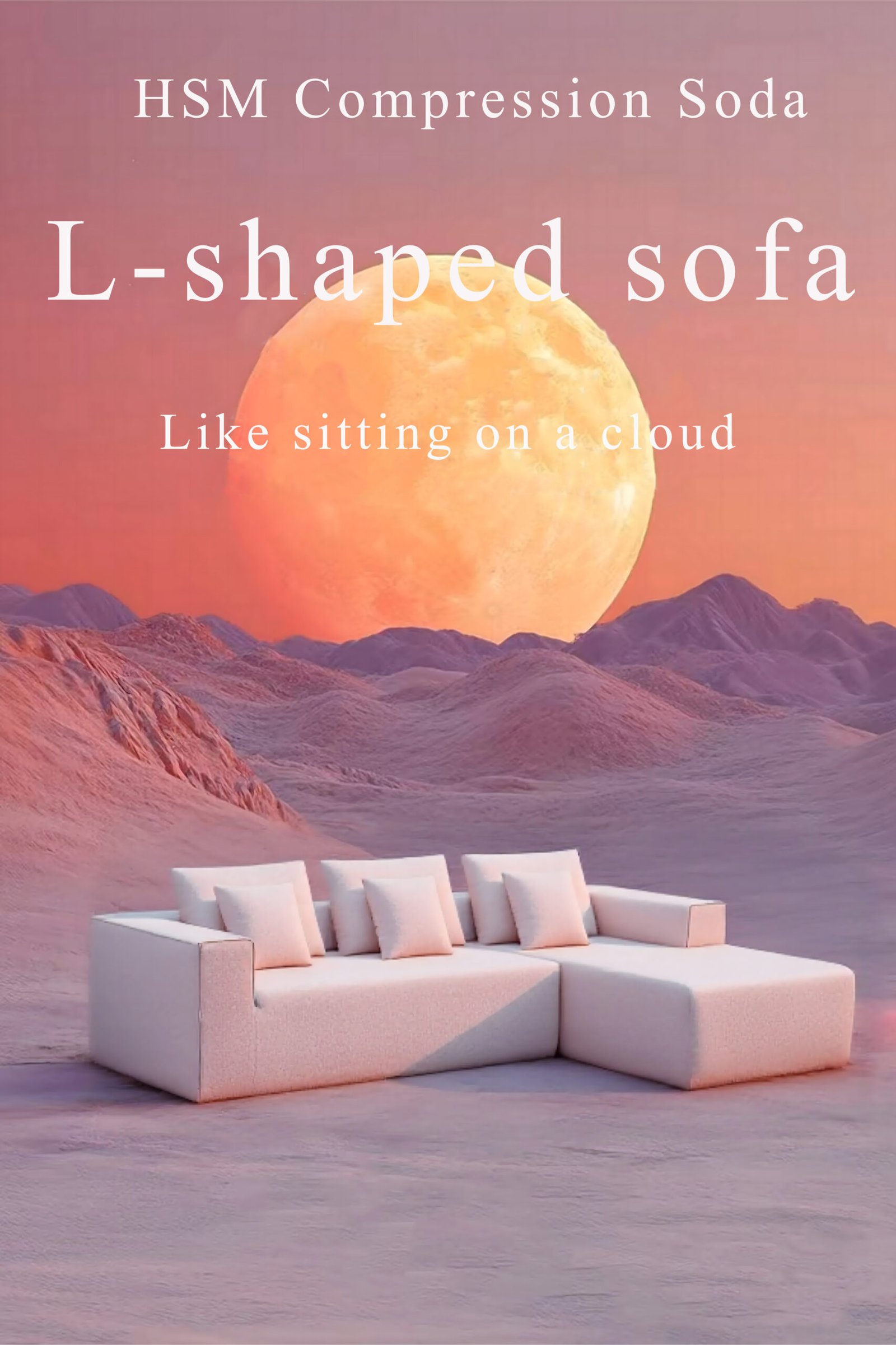
If buying in-store, test the sofa’s comfort, frame sturdiness, and cushion firmness.
For online purchases, choose brands with:
- Showrooms for testing.
- Free returns if the sofa doesn’t meet expectations.
13. Buy from Reputable Retailers
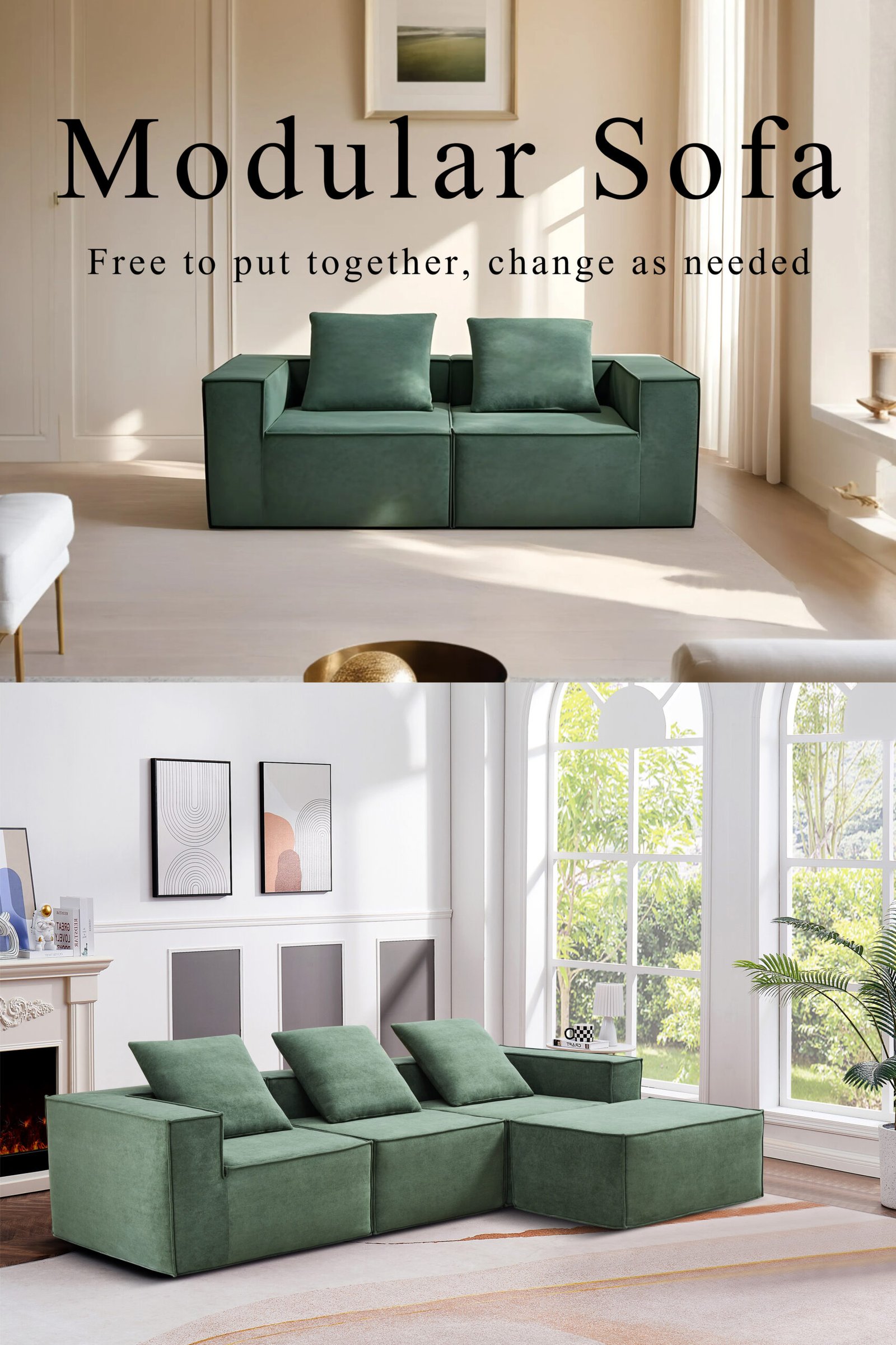
Choosing a reputable retailer ensures quality and good customer service.
Purchase from trusted brands, well-rated online platforms, or established local stores.
Reliable Places to Buy:
- Online Marketplaces: Jiji, Amazon, Alibaba.
- Furniture Stores: Victoria Courts, Odds & Ends.
- Direct from Manufacturers: Ensures lower costs and genuine quality.
Conclusion
Purchasing a compressed sofa requires careful consideration of size, materials, durability, comfort, and price.
By following these 13 tips, you can select the perfect compressed sofa that meets your space, style, and budget needs.